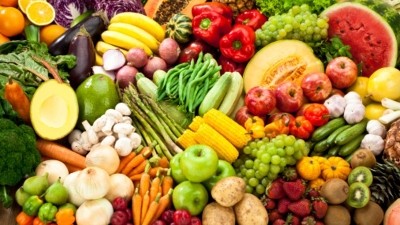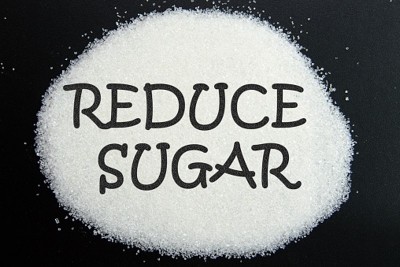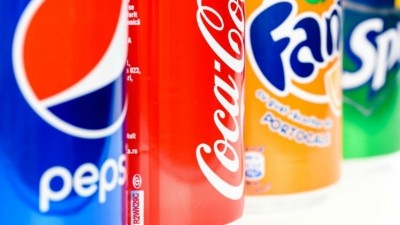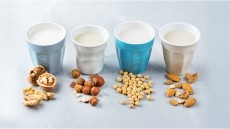Fruit without frills: No added sugar trend and affordability push driving Middle East juice growth
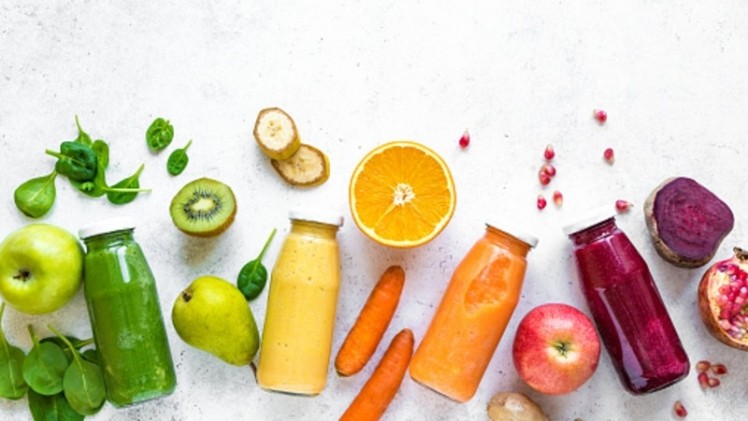
Studies including over 700,000 participants across the Middle East have found obesity rates to be stubbornly high in the region at 23% or more over the two decades from 2000 to 2020.
This is in spite of initiatives to combat this situation such as Saudi Arabia’s Healthy Food Strategy in 2019 and ‘sin taxes’ on multiple food and beverage items including soft drinks and energy drinks in Saudi Arabia, the UAE and Oman.
Sugar overconsumption has long been determined as one of the main culprits for this, leading food authorities to enforce 50% to 100% taxes on soft drinks and energy drinks respectively, and driving consumers to seek out healthier alternatives.
One natural substitute beverage of choice was initially fruit juices, allowing those with a sweet tooth to satisfy their cravings – but many of these have added sugar.
But with governments such as Saudi Arabia already having expanded the 50% taxation to include all sugar-sweetened beverages and more likely to follow suit, consumers are now turning to fruit juices with no added sugar for their sweet fix.
This has led to various firms in the region, including those not traditionally affiliated with juices, to obtain their own piece of the juice pie, such as Qatar dairy giant Baladna which has not only launched its own line of chilled and long-life juices but also bought over Egypt’s Juhayna which is known for its all-natural Pure brand of juices.
“Baladna now owns 10.1% (QAR95.4mn/US$26.2mn) of Juhayna’s total shares – Juhayna’s line of Pure Juices are made from 100% natural juice with no added sugar, no additives and no preservatives,” Baladna said via a formal statement on the Qatar Stock Exchange.
“In addition to the Pure Juice line with 10 flavours, Juhayna also has a Juhayna juice line with eight flavours [and] Baladna produces our own Baladna brand chilled juice and long-life juice, as well as the Awafi juices and long-life juice ranges.”
According to the firm’s CEO Piet Hilarides, Baladna’s interest in promoting food self-sufficiency in Qatar is not just limited to dairy, but also extends to other categories and includes a strong localisation element within the Middle East.
“As a company that contributes to achieving food self-sufficiency in Qatar, Baladna has a keen focus on promoting the development of local content and strengthening local supply chains,” he said.
“Our strategic supply chain programme relies on procurement of raw materials and services from local suppliers that meet quality and safety standards.”
Baladna also stressed that its Baladna brand of chilled and long-life juices are both 100% natural with no added sugar or other additives, in fitting with current consumer demand.
Other firms looking to enter the juice scene in the Middle East are also very aware of this rising requirement, such as Vietnam’s LE FRUIT Juice.
“Health and wellness awareness is very strong in many markets in the Middle East – we know that relying on sugar to make drinks taste good but have no health benefits is no longer going to fly,” LE FRUIT Juice brand Founder and CEO Jean Luc Voisin told FoodNavigator-Asia.
“So for our venture into this region, we emphasised the no sugar added, all-natural characteristics of our juices, as well as the health and functional benefits of the fruits we use – for instance we have a beetroot, dragonfruit and guava blend that has seen strong success after we stressed how beetroot has cardiac benefits, dragonfruit digestive benefits, and guava is immunity boosting.”
Affordability also important
In addition to health and sugar reduction though, product prices are another very important factor to consider in the region, given that the International Monetary Fund (IMF) has forecast a high 13.9% inflation rate for the overall Middle East and North Africa (MENA) region for 2022.
Furthermore, the United Nations Economic and Social Commission for Western Asia (ESCWA) has also estimated 116 million people over 10 Arab countries – some 41% of the population – are classified as poor socioeconomically and another 25% are vulnerable to poverty.
This can be an issue when looking to provide nutritional and healthy products to all sociodemographic groups in the region, as fresh fruit juices are usually more expensive to make and sell, so whilst some firms like LE FRUIT Juice choose to cater to a more exclusive consumer class willing to spend extra to guarantee healthier product consumption, larger firms such as Baladna who have the monetary backing have opted to launch separate juice ranges catering to a mass audience.
“The Awafi brand is Baladna’s more everyman, everyday brand – the products in there are more affordable and focused on value for money, targeted for consumers more conscious of their spending, yet can provide them with the similar levels of nutrition they seek,” Hilarides’ predecessor Malcolm Jordan told us via a separate statement.
“This is part of Baladna’s affordable strategy to cater to rising demand in this area, as we realised that we needed to be increasingly mindful about price points and serving sizes when consumers became a lot more aggressive when seeking out promotions after COVID-19 than in the past.
“Awafi is value-oriented and budget-conscious and we have seen this line accelerate quickly due to the affordability and value-conscious trend – [there] is a range of one-litre long-life juices for families, as well as smaller 225ml juice drink cups with minimum 10% fruit content for single consumption.”
